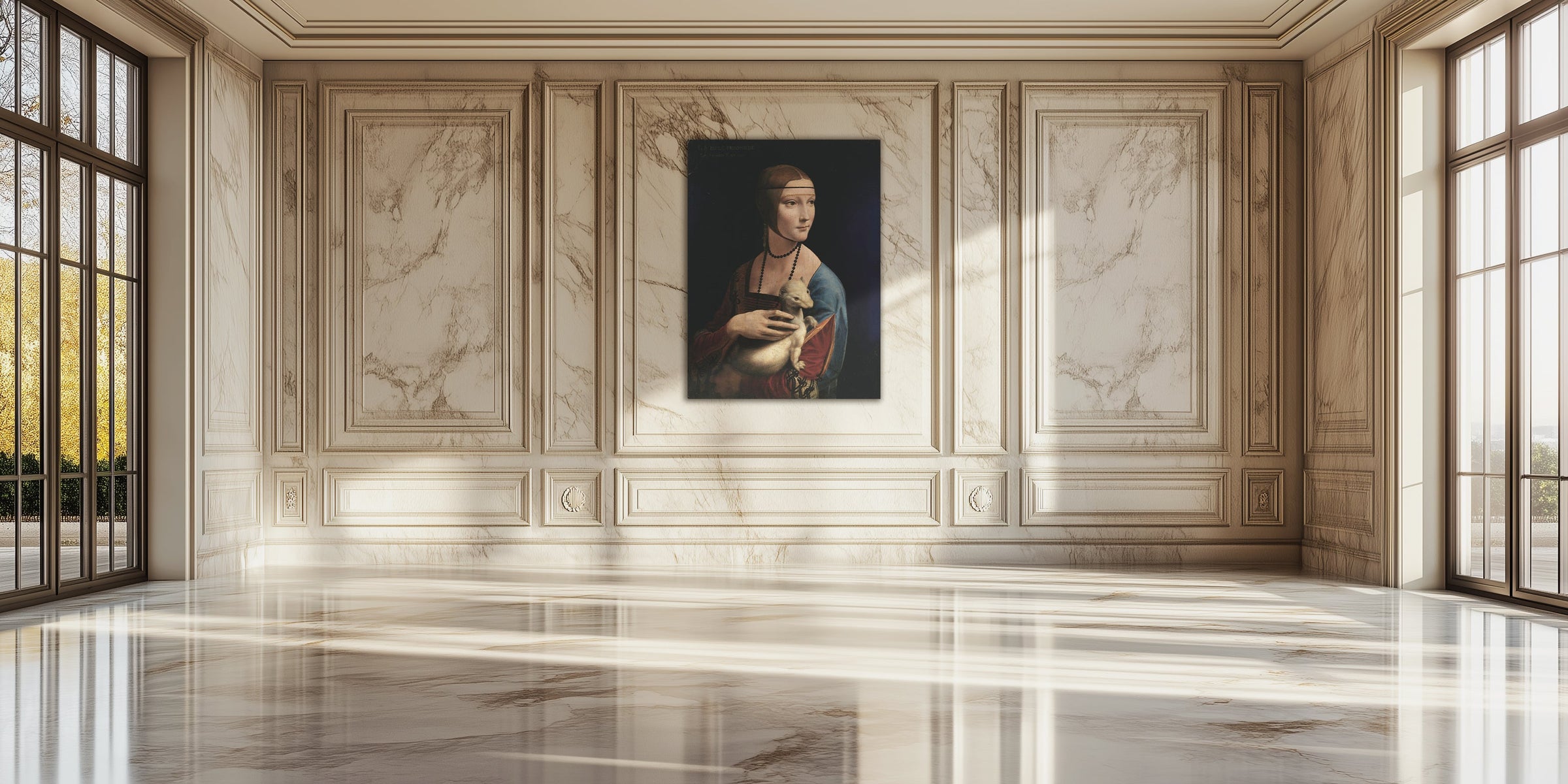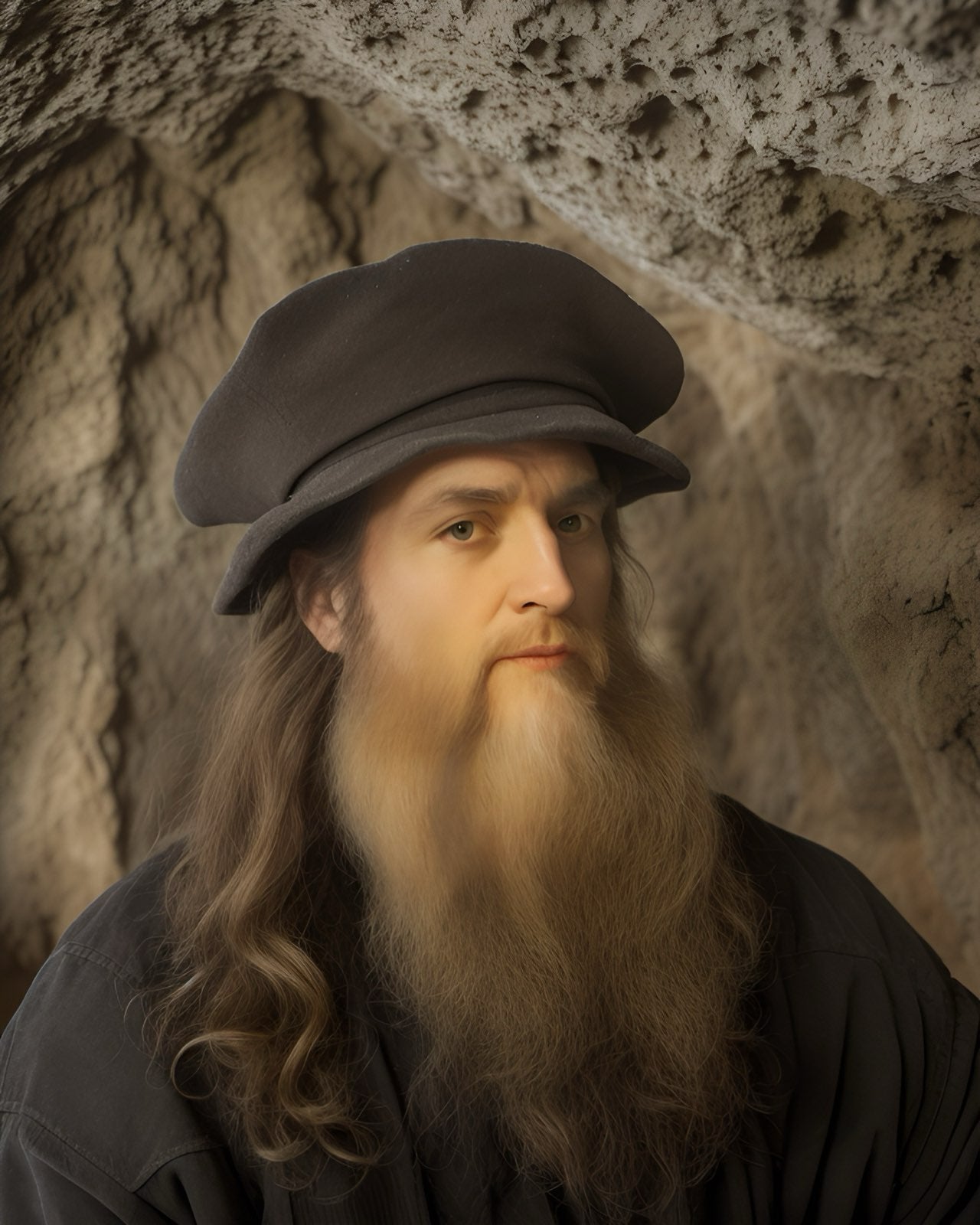
Leonardo da Vinci

Leonardo di ser Piero da Vinci, better known as Leonardo da Vinci, was born in Vinci, Italy, on April 15, 1452. He was a polymath of the Italian Renaissance, excelling in various disciplines such as painting, sculpture, architecture, engineering, and anatomy. Influenced by Renaissance humanism, Leonardo developed a deep interest in the observation of nature and the study of the human body, which is reflected in his masterpieces. His most famous paintings include "The Last Supper" and "Mona Lisa", both icons of Western art.
The Renaissance, the artistic movement that influenced him, promoted a return to the classical ideals of Greco-Roman antiquity, valuing proportion, perspective, and realism. Leonardo, with his scientific and artistic approach, significantly contributed to the development of these techniques. His influence extended to later movements such as Mannerism and Baroque, and artists like Raphael and Michelangelo were strongly impacted by his innovations.
Raphael Sanzio, known for his technical perfection and grace, and Michelangelo Buonarroti, renowned for his mastery in sculpture and painting, were contemporaries and admirers of Leonardo. Throughout his career, Leonardo left a legacy of incomplete yet highly valuable artistic works, and his notebooks of drawings and writings reveal his relentless curiosity and creativity.
Leonardo's impact on art history is undeniable. His study of the sfumato, a technique that uses subtle gradations of color to create a smoky or hazy effect, revolutionized painting. Artistic movements like Impressionism and Surrealism also found inspiration in his detailed and experimental approach.



